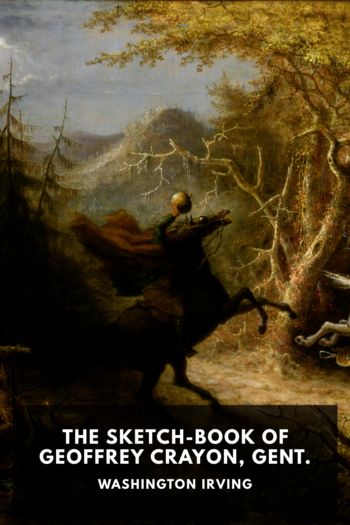Loverly:The Life and Times of My Fair Lady (Broadway Legacies) by McHugh, Dominic (e reader comics TXT) 📕

Read free book «Loverly:The Life and Times of My Fair Lady (Broadway Legacies) by McHugh, Dominic (e reader comics TXT) 📕» - read online or download for free at americanlibrarybooks.com
Read book online «Loverly:The Life and Times of My Fair Lady (Broadway Legacies) by McHugh, Dominic (e reader comics TXT) 📕». Author - McHugh, Dominic
If My Fair Lady’s primary message is that education can change your life, I certainly owe a debt of gratitude to the numerous people who have taught me everything I know. First, thanks are due to the librarians at the many archives I visited, including Charles Perrier at the New York Public Library; Harry Miller and the staff at the Wisconsin Historical Society; the staff at Yale University Library; the Special Collections Librarian at St John’s College, Cambridge; Ned Comstock at USC; and most especially Mark Eden Horowitz, Walter Zvonchenko, and their colleagues at the Music and Theatre Divisions of the Library of Congress. Mark’s generosity with his time and help knows no bounds, and I have benefited both from his intimate acquaintance with his collections and his extraordinary knowledge of the musical theatre in general. His friendship has been a guiding force of this book.
Special thanks go to Jerold Couture of the Loewe estate and David Grossberg of the Lerner estate: by giving me permission to copy original musical materials they have allowed me to go into far more depth with this study than would otherwise have been the case, as well as lending support and enthusiasm along the way. Alan Jay Lerner material is reproduced by permission of the copyright owners, the estate of Alan Jay Lerner and family. Thanks to Alfred Music and Warner-Chappell for allowing me to publish extracts from the score. Quotations from the papers of Herman Levin are reproduced by kind permission of his daughter, Gabrielle Kraft. Passages from Hanya Holm’s notes are used with permission of the estate of Hanya Holm, thanks to her granddaughter, Karen M. Trautlein. Quotations from Theresa Helburn’s papers are used with thanks to the family of her niece, Margaret Kocher. Material from Sir Cecil Beaton’s diary is reproduced by kind permission of Hugo Vickers, Beaton’s Literary Executor. Many thanks are also due to Rosaria Sinisi for allowing me to reproduce passages from Oliver Smith’s letters.
I’m honored to count Liz Robertson (Lerner’s widow) as a close friend and enthusiastic supporter. Helpful hints about the Theatre Guild Collection at Yale came from Tim Carter of the University of North Carolina at Chapel Hill. I’m also grateful to the distinguished Broadway orchestrator, composer, and conductor Larry Blank for sharing his years of experience and giving me the benefit of his wisdom and musicianship, not to mention his friendship. The staff of the Music Department at King’s College, London, have been supportive throughout my seven-year education there, and thanks are due especially to John Deathridge and Christopher Wintle. Ever since attending his lectures on Mozart and eighteenth-century music performance practice as an undergraduate, I have admired and been inspired by the scholarship of my PhD supervisor, Cliff Eisen. Without question, by coaxing me into following his footsteps down the path of primary research (albeit in the opposite direction across the Atlantic) he enabled me to make





Comments (0)